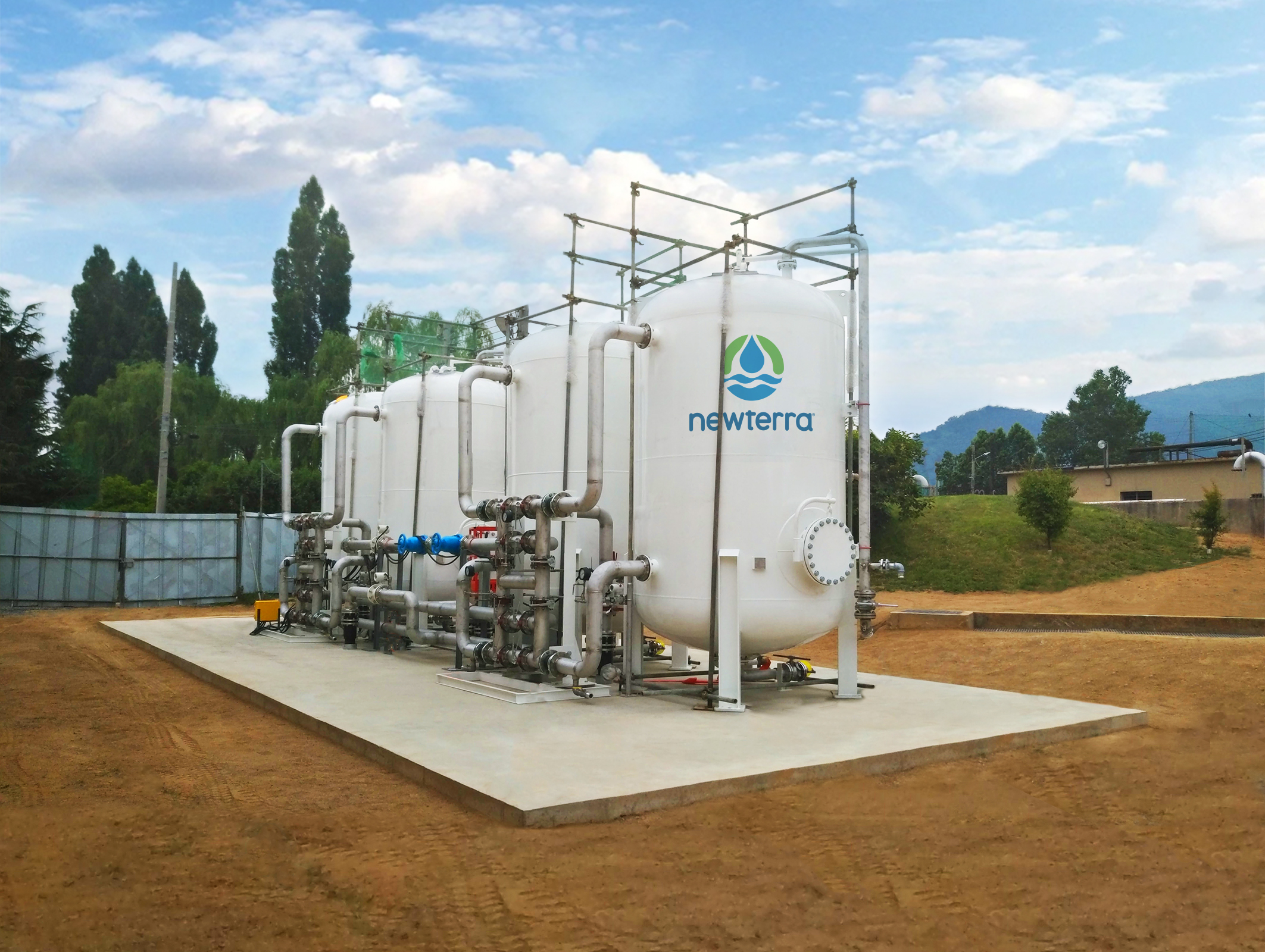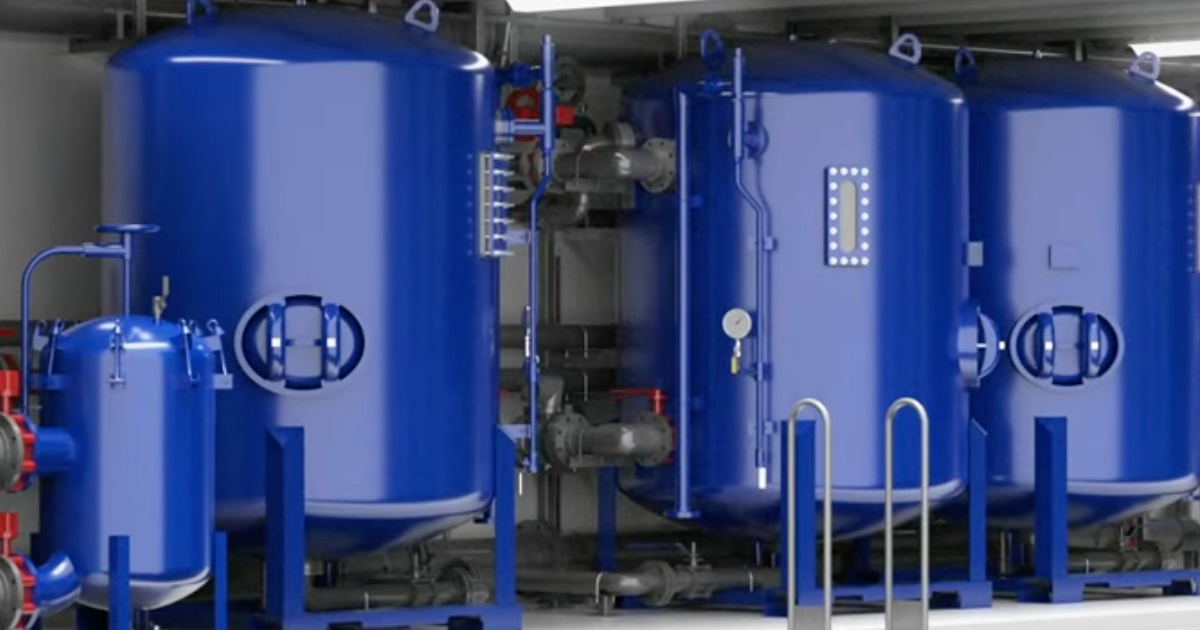How PFAS Treatment Reduces Environmental Impact and Improves Public Safety
Wiki Article
Ingenious PFAS Treatment Solutions for Safer Water
The raising prevalence of PFAS contamination in water materials requires a critical evaluation of ingenious therapy remedies. Additionally, emerging bioremediation methods supply an even more lasting approach to tackling PFAS challenges. pfas management.Summary of PFAS Contamination
PFAS contamination has become a considerable ecological and public wellness concern. Per- and polyfluoroalkyl materials (PFAS) are a team of artificial chemicals known for their persistence in the environment and body, leading them to be commonly described as "for life chemicals." These compounds have been commonly utilized in different industries, including firefighting foams, water-repellent fabrics, and food product packaging, largely as a result of their water- and grease-resistant homes.The extensive use PFAS has caused their discovery in dirt, water materials, and even in the blood of humans and pets. Research studies have linked PFAS direct exposure to countless health and wellness problems, consisting of developing impacts in infants, immune system disorder, and different forms of cancer. In addition, the environmental perseverance of these substances complicates their deterioration and elimination, elevating issues about long-term eco-friendly effects.
Regulatory bodies are significantly applying rigid guidelines to check and minimize PFAS degrees in drinking water and other ecological mediums. As recognition of PFAS contamination grows, it has actually ended up being essential for areas and sectors to seek reliable treatment remedies to reduce direct exposure and secure public health.
Advanced Filtering Technologies
As the urgency to attend to PFAS contamination heightens, progressed filtering technologies have actually emerged as a crucial element in the remediation initiatives aimed at removing these persistent chemicals from water sources. These innovations leverage advanced devices to efficiently target and record PFAS compounds, which are notoriously immune to standard treatment techniques.Among the most appealing strategies is making use of granular activated carbon (GAC), which adsorbs PFAS particles as a result of its high surface and porous structure. This approach has actually been widely executed in both local and commercial settings, demonstrating considerable reductions in PFAS focus. In addition, ion exchange resins have actually gained traction, particularly made to uniquely bind PFAS ions from water, thus facilitating their removal.
Membrane filtration innovations, such as reverse osmosis and nanofiltration, likewise show effectiveness in PFAS elimination by literally dividing pollutants from water - pfas management. These systems can accomplish high degrees of pureness, making them appropriate for drinking water applications
Chemical Treatment Innovations
Various chemical treatment developments are being explored to efficiently deal with PFAS contamination in water supplies. One promising approach involves making use of innovative oxidation procedures (AOPs), which make use of powerful oxidants such as ozone, hydrogen peroxide, or chlorine dioxide incorporated with UV light to damage down PFAS compounds right into much less hazardous compounds. This method has actually shown efficiency in research laboratory settings, showing possible for scalability in real-world applications.Another ingenious technique is the advancement of ion-exchange materials pfas waste management particularly developed to target PFAS. These resins can precisely adsorb PFAS substances from water, permitting for their removal during therapy procedures. Recent advancements have boosted the efficiency and ability of these resins, making them a beneficial option for water therapy facilities.
Additionally, scientists are examining the use of chemical representatives like persulfate and ferrous ions to enhance the deterioration of PFAS in contaminated water. These representatives can cause chain reaction that promote the malfunction of persistent PFAS substances.
Emerging Bioremediation Strategies
Recent innovations in chemical treatment technologies have actually paved the means for checking out bioremediation strategies as a sensible option for addressing PFAS contamination. Bioremediation takes advantage of the all-natural metabolic processes of microbes to deteriorate or change pollutants, making it an enticing technique for taking on persistent pollutants like PFAS.
Arising techniques in bioremediation include making use of genetically engineered bacteria that can especially target and break down PFAS compounds. These microbial stress are being developed for their enhanced degradation abilities, increasing the effectiveness of the removal procedure. Additionally, researchers are checking out the possibility of plant-assisted bioremediation, where certain plant species may uptake and sequester PFAS from polluted dirt and water.
An additional encouraging approach is the application of bioaugmentation, which includes introducing valuable microbes into contaminated environments to increase the deterioration of PFAS. This technique can promote faster remediation timelines and improve overall effectiveness.

Governing Frameworks and Standards
An extensive regulative framework is vital for efficiently handling PFAS contamination and making certain public wellness defense. The raising acknowledgment of per- and polyfluoroalkyl materials (PFAS) as toxic wastes has actually triggered different federal and state agencies to create criteria that govern their visibility in water products. The U.S. Environmental Defense Firm (EPA) has actually established health advisories and is pursuing setting enforceable restrictions for PFAS in drinking water.State-level policies differ dramatically, with some states embracing more stringent standards than those recommended by the EPA. These regulations often consist of maximum pollutant degrees (MCLs) for specific PFAS compounds, tracking needs, and reporting obligations for water utilities. Additionally, arising frameworks concentrate on the removal of contaminated websites, highlighting the need for reliable treatment technologies.

Final Thought
In final thought, the advancement and application of ingenious PFAS treatment solutions are essential for resolving the pervasive issue of water contamination. Advanced purification innovations, chemical treatments, and arising bioremediation methods collectively offer a diverse approach to efficiently reduce and weaken PFAS levels. As regulatory structures remain to advance, integrating these modern technologies will be important to guard public health and wellness and recover the stability of contaminated water resources, ultimately adding to a cleaner and safer setting.Report this wiki page